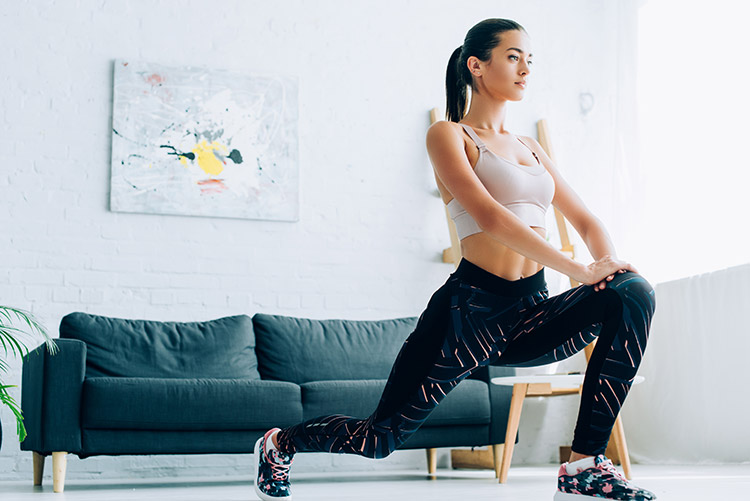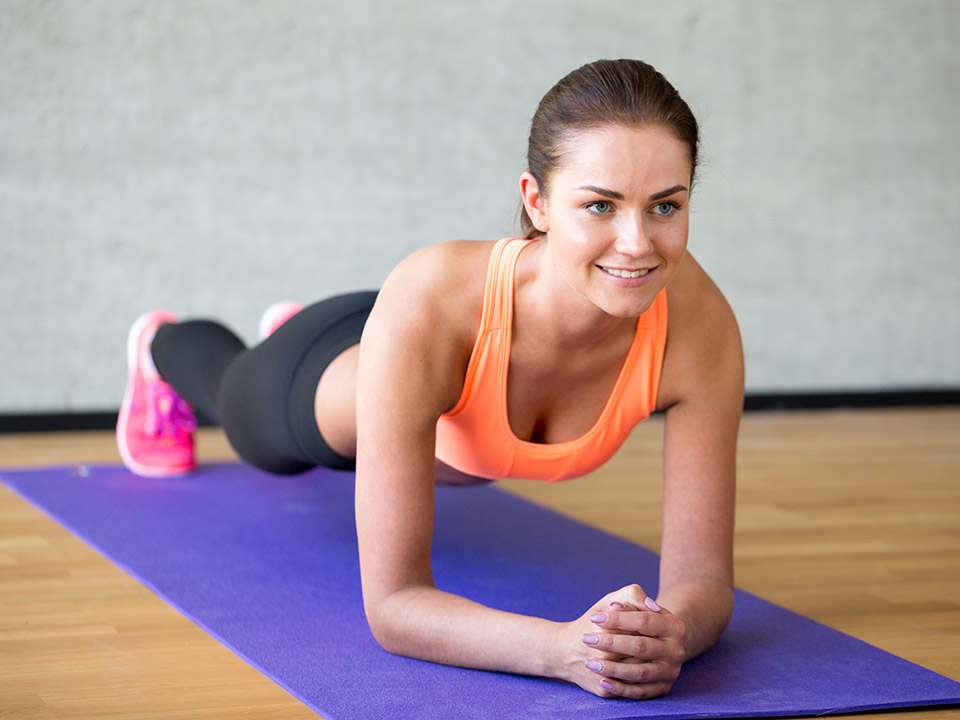Full body workouts can be a great option for those who are new to exercise or looking to improve overall fitness. They can provide a comprehensive workout that targets multiple muscle groups, helping to build strength and cardiovascular endurance while promoting weight management.
The duration of a full-body workout can vary depending on factors such as the intensity, number of exercises performed, and rest periods taken. On average, a full-body workout can take anywhere from 30 minutes to an hour. It is important to allow adequate rest between sets and exercises to avoid overexertion and injury, and to progress gradually in terms of weight and intensity. It’s also recommended to warm up for 5-10 minutes before starting the workout to prepare the muscles for physical activity.
Getting in shape can be a challenge, but with these steps and a consistent effort, you can make significant progress towards your goals. Remember to listen to your body, stay positive, and celebrate your accomplishments along the way.
It’s important to maintain proper form during pull-ups to avoid injury and maximize the benefits of the exercise. If you have any pre-existing injuries or conditions, it’s a good idea to consult with a doctor or physical therapist before starting any new exercise program.
Here are 6 exercises for a full body workout:
1. Squats
Squats are a compound exercise that work multiple muscle groups including the quadriceps, hamstrings, glutes, and lower back. They are an effective way to build strength and power in the legs and hips, and can be done using a barbell or bodyweight.
Here are the steps to perform a proper squat:
- Stand with your feet shoulder-width apart and your toes pointing forward.
- Engage your core and keep your chest up and back straight.
- Lower your body as if you were sitting back into a chair, keeping your weight in your heels and knees tracking over your toes.
- Go as low as you can while keeping your heels on the ground and your knees in line with your toes.
- Pause for a moment at the bottom of the squat and then push through your heels to return to the starting position.
- Repeat for the desired number of repetitions.
2. Deadlifts
Deadlifts are a full-body exercise that target the muscles of the back, legs, and core. They help to strengthen the lower back, glutes, and hamstrings, and can also be performed using a barbell or bodyweight.
Here are the steps to perform a proper deadlift:
- Stand with your feet hip-width apart and place your shins against the barbell.
- Bend forward and grasp the barbell with an overhand grip, positioning your hands just outside of your legs.
- Keep your back straight and engage your core as you lift the bar off the ground, extending your hips and knees.
- Pull the bar up towards your hips, keeping it close to your body and keeping your head and neck in line with your spine.
- Pause at the top of the lift, with your hips and knees fully extended and the bar in contact with your thighs.
- Lower the bar back to the starting position, keeping control of the weight and avoiding a sudden drop.
- Repeat for the desired number of repetitions.
- Start with a lighter weight and gradually increase as you gain strength and confidence.
3. Push-Ups
Push-ups are a classic bodyweight exercise that work the chest, triceps, and shoulders. They are a great way to build upper body strength and can be modified to increase or decrease the level of difficulty.
Here are the steps to perform a proper push-up:
- Start in a plank position with your hands placed slightly wider than shoulder-width apart, directly under your shoulders.
- Keep your back straight and engage your core, avoiding arching your lower back or sagging your hips.
- Lower your body towards the ground by bending your elbows, keeping them close to your sides.
- Go as low as you can, keeping your elbows at a 45-degree angle from your body, and then push back up to the starting position.
- Repeat for the desired number of repetitions.
- If you are a beginner, you can modify the push-up by performing them on your knees instead of your toes. As you get stronger, gradually progress to full push-ups on your toes.
4. Pull-Ups
Pull-ups are an excellent upper body exercise that target the muscles of the back, biceps, and forearms.
They are a challenging exercise that require significant upper body strength, but can be made easier with the use of a resistance band.
Here are the steps to perform a proper pull-up:
- Grab the pull-up bar with an overhand grip, positioning your hands slightly wider than shoulder-width apart.
- Hang from the bar with your arms fully extended, keeping your body straight and your core engaged.
- Pull your body up towards the bar, keeping your elbows close to your body and your chin above the bar.
- Pause for a moment at the top of the movement and then lower your body back down to the starting position.
- Repeat for the desired number of repetitions.
- If you are a beginner, you can use a resistance band or a pull-up machine to assist with the movement.
- As you get stronger, you can gradually decrease the assistance and perform more repetitions unassisted.

5. Lunges
Lunges are a lower body exercise that work the quadriceps, hamstrings, and glutes. They are a great way to build balance and stability, and can be done using bodyweight or added weight for increased difficulty.
Here are the steps to perform a proper lunge:
- Stand with your feet hip-width apart and your hands on your hips.
- Take a large step forward with one foot, landing on the heel and then the midfoot.
- Bend both knees to lower your back knee towards the ground, keeping your front knee over your ankle and your core engaged.
- Go as low as you can while keeping your front knee in line with your toes and your back knee hovering just above the ground.
- Push through your front heel to return to the starting position.
- Repeat for the desired number of repetitions on one leg before switching sides.
- Keep your front knee in line with your toes and avoid letting it collapse inward.
6. Planks
Planks are an isometric exercise that target the muscles of the core, including the abs, obliques, and lower back. They help to build stability and balance, and can be done for time or with added weight for increased difficulty. These six exercises provide a well-rounded full-body workout, targeting all major muscle groups and promoting overall strength and fitness.
Here are the steps to perform a proper plank:
- Start in a prone position on the ground, propping yourself up on your forearms and toes.
- Keep your back straight, engaging your core and avoiding arching your lower back or sagging your hips.
- Hold this position for the desired amount of time, keeping your breathing steady and your muscles engaged.
- Make sure to keep your back straight and avoid arching or sagging your hips. If you are a beginner, start with shorter hold times and gradually increase as you get stronger.

